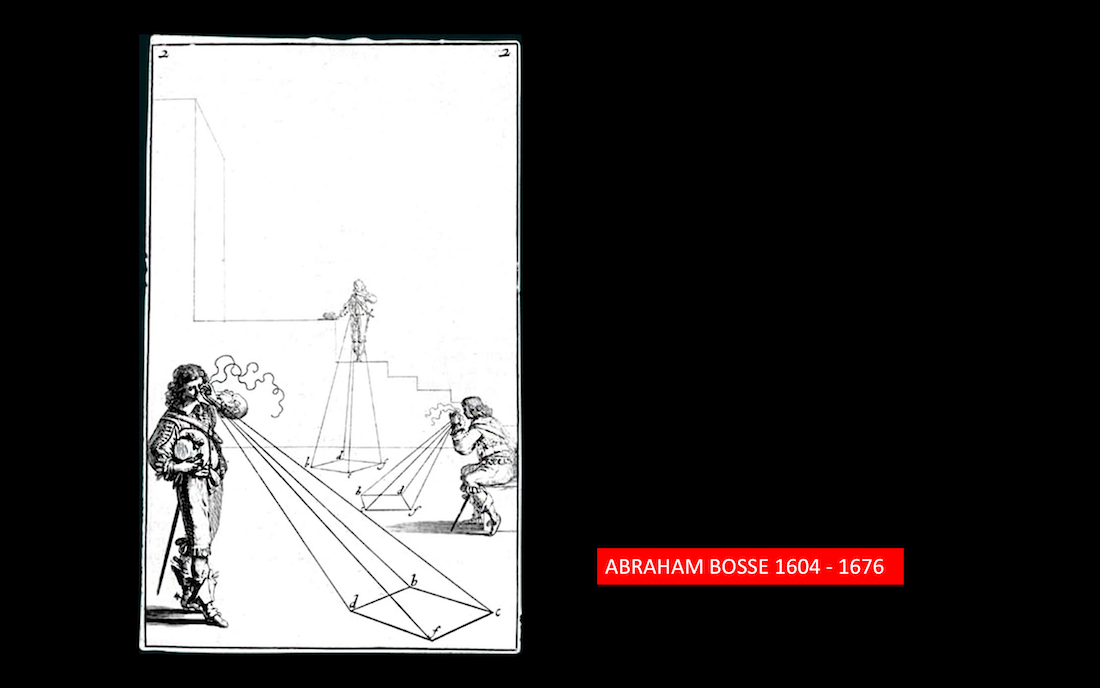Perspective, Shapes, and individuality all coincide in the following lecture. The reader will be presented with the tools and information necessary to understand how the multitudes of understanding of what many artists and scientists thought to be the correct perspective view point, etc. has helped shape three dimensional spaces in two dimensional works.
 |
Platonic Solids Multiplication Chart
In three-dimensional space, a Platonic
solid is
a regular, convex polyhedron. It is constructed by regular polygonal
faces with the same number of faces meeting at each vertex. Five solids meet
those criteria: Tetrahedron. Cube. Octahedron. Dodecahedron and Icosahedron
Plato stated that as things appear,
is different from as things are (Platonic view) suggesting that with the use of
mathematics we can gain a sense of the ideal world. “Measuring and numbering help understand the
perception of our eyes” - Plato
|
 |
Kepler's
view of the world and the heavens. Also geocentric, but with the added
complexity, that each sphere fits with one of the Platonic solids. Resulting in
a harmony of the spheres. Image originally from
Kepler's Mysterium Cosmographicum (1596). This reprinting from Astronomi i billeder (1972)
|
 |
Icosahedron
No
real monuments would rest on points like this, so Jamnitzer is actually displaying a kind of
conceptual art.
Similar balance is seen in the
following pair of monuments, where the one on the right goes even further by
having the outer icosahedral shape floating freely without support
|
 |
One of the oldest surviving fragments of
Euclid's Elements, found at Oxyrhynchus and
dated to circa AD 100 (P. Oxy. 29). The diagram accompanies Book II,
Proposition 5.[15]
|
 |
Euclid’s
Elements consist of 13
books.
It is a collection
of
definitions, postulates (axioms), propositions
(theorems and constructions), and mathematical proofs of
the propositions.
The
word 'element' in the Greek language is the same as 'letter'. This suggests
that theorems in the Elements should be seen as standing in
the same relation to geometry as letters to language.
The title may also
be related
to Plato’s
solids
as they represented 5 elements
Euclid's Elements has been referred to as the
most successful
and influential textbook ever written.
For more than two thousand years, the
adjective "Euclidean" was unnecessary because no other sort of
geometry had been conceived.
Today,
however, many non-Euclidean geometries are known, the first ones
having been discovered in the early 19th century. An implication of Albert
Einstein's theory of general relativity is that physical space itself
is not Euclidean, and Euclidean space is a good approximation for it
only where the gravitational field is weak.
|

 |
Greeks and Romans understood linear
perspective but it was lost overtime due to the iconoclasm in byzantine empire.
Some samples in this slide are: Orthogonal Perspective, Fishbone Perspective, Fragmentary linear perspective
|
 |
Pompeiian
mural of the pageant of Orestes, 2nd century
AD, containing both central convergence (black lines) and ‘fishbone’ parallel
convergence for the peripheral features such as the roof rafters (white lines).
No
examples of Greek perspective paintings survive, but we can perhaps glean a
sense of their technique from Roman copies (probably by Greek painters) from
the ruins of Pompeii
• The black construction lines
illustrate that the central structures adhere accurately to a single vanishing
point close to the viewer’s eye level (estimated as horizontal light line).
•The light construction lines drawn
from the rafters in the roof and other edges distant from the center illustrate
that there was no principled adherence to a central vanishing point
|

 |
Because
of the varying degrees of parallelism, this painting does not obviously seem to
follow the rule of thumb outlined above. Objects higher in the composition do
not necessarily have higher vanishing points than objects lower in the
composition.
And
yet, despite all of these variances, these wandering horizons and varying
levels of parallelism, the painting doesn’t look too bad. It may not be
entirely consistent, it may thumb its nose at the rules of linear perspective,
but the effect is not jarring.
And
that, actually, is more than what can be said for the perspective drawings
which art students today are taught to produce.
It
takes a while, and a bit of fiddling around, but it seems no one really notices
just how broken the linear perspective system
is.
|






























